Help Protect the Bay
Our everyday actions—from fertilizing our lawns to driving our cars—have a major impact on the Bay. But by making simple changes in our lives, each one of us can take part in restoring the Bay and its rivers for future generations.
Compost Kitchen Scraps
Instead of throwing kitchen scraps down the garbage disposal, compost them to create a rich soil for potted and in-ground plants.

Boat in Correct Areas
Try to avoid using your boat in very shallow waters, where it can stir up sediment, harm sensitive habitats and put your propeller and hull at risk for damage.
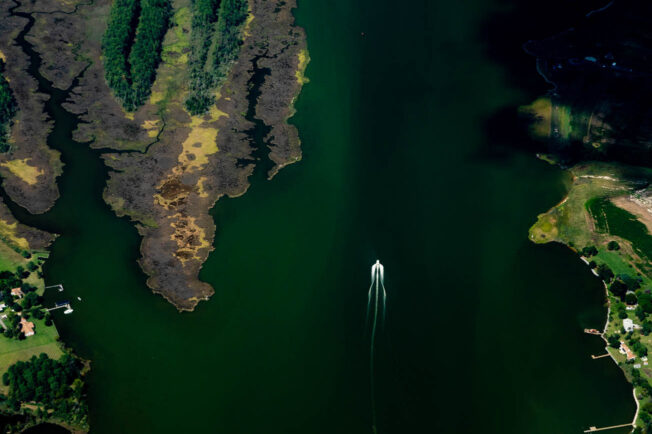
Plant Trees and Shrubs
Plant more trees and shrubs in your yard to create a buffer which reduces erosion, captures runoff and provides habitat for wildlife.
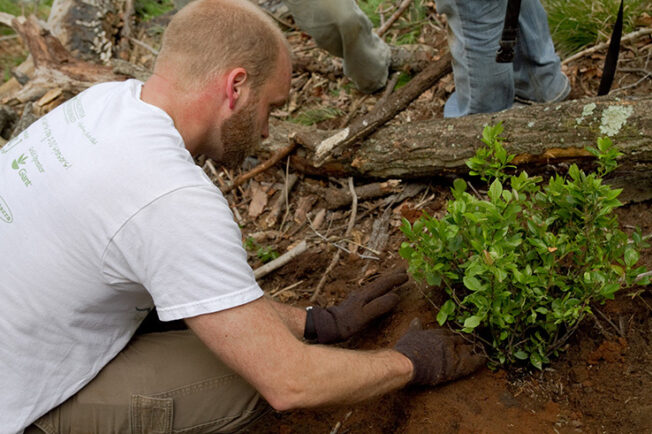
Dispose of Medicine Properly
To keep medicine out of our waterways, don't pour expired or leftover drugs down the sink or flush them down the toilet. Instead, return unused medicine to a consumer drug return location or foul your medication with coffee grounds or cat litter and put it in the trash.

Clean Your Boat Properly
Use extreme caution when painting and cleaning your boat to avoid polluting the water and remember to clean, drain and dry your boat any time you move it to a new body of water to prevent the spread of invasive species.
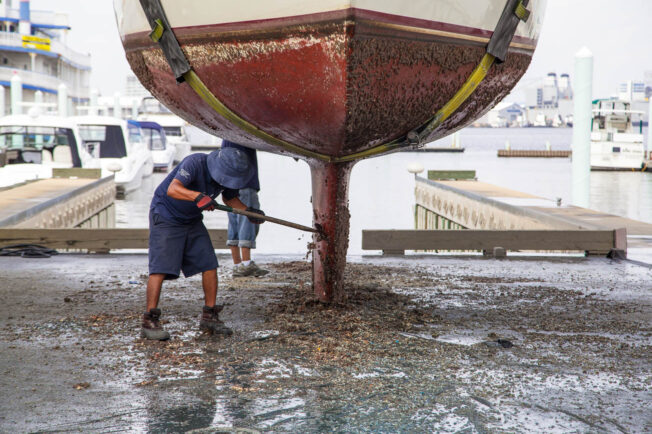
Start an Environmental Club
Start or join an environmental club at your school to help raise awareness of Bay-related issues.
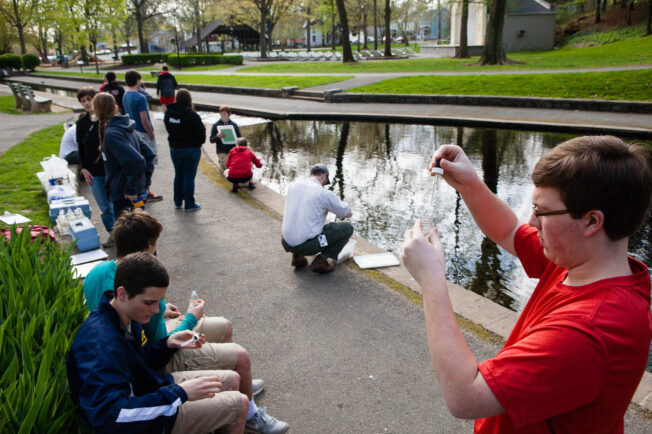
Use Deicer Properly
Apply no more than the recommended amount of deicer to melt ice on your steps or driveway. Also, remember to never use lawn fertilizer as a deicer. It contains nutrients that can run off your property and pollute local waterways.

Dispose of Chemicals Properly
Follow safe (and legal) disposal methods for household chemicals like paint or motor oil.
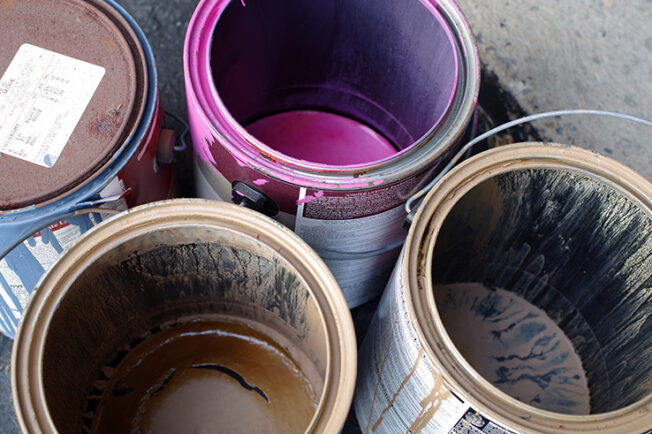
Wash Your Car Responsibly
Wash your car on grass or gravel rather than pavement so soapy, grimy wash water won't run off your property. If you don't want to wash your car at home, bring it to a car wash! Commercial car washes clean and often recycle their wash water.

How to Choose and Use Native Plants
Planting native plants is an excellent way to increase wildlife habitat and help the Chesapeake Bay. Learn which trees, shrubs and flowers are native and how to choose the best plants for your yard.
Learn more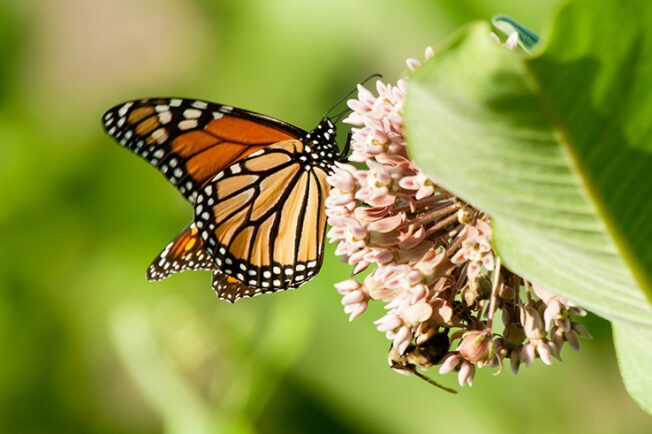
Properly Dispose of Waste
Encourage your marina owner to maintain an adequate pump-out facility if one is not available.
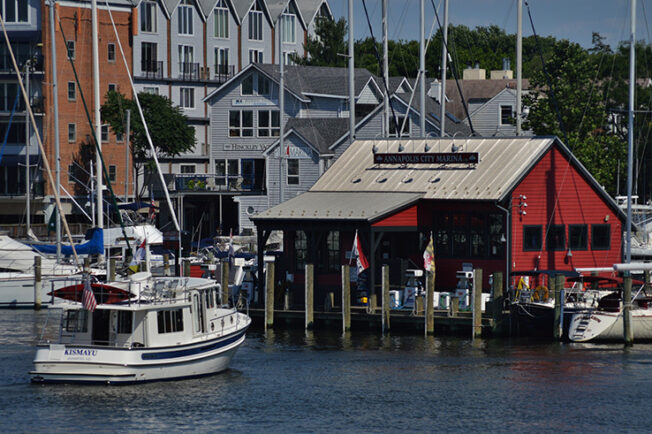
Keep Your Drain Fat-free
Don't pour fat, oil or grease down your drain, where they can clog pipes and lead to sewage overflows over time.

